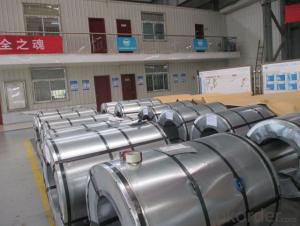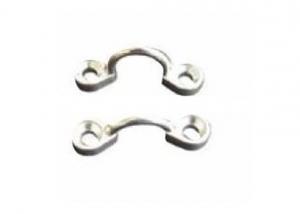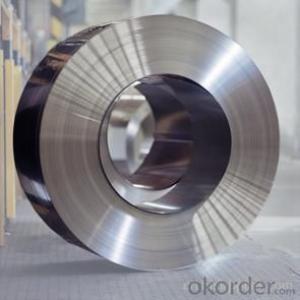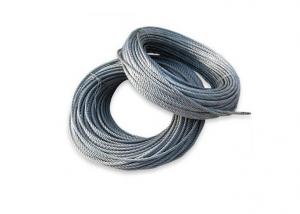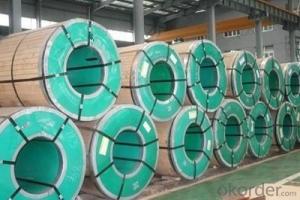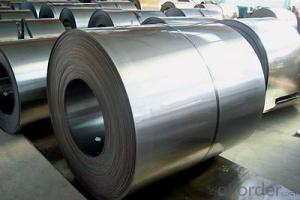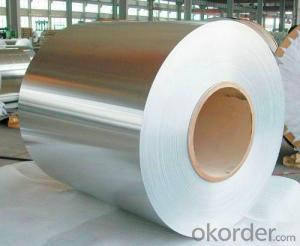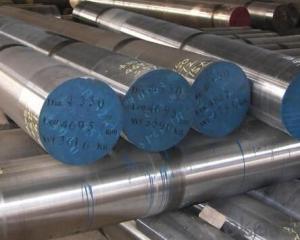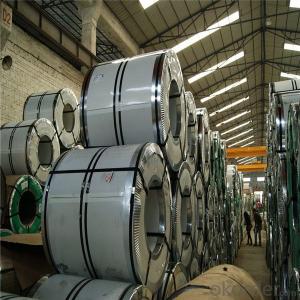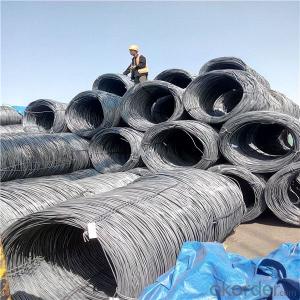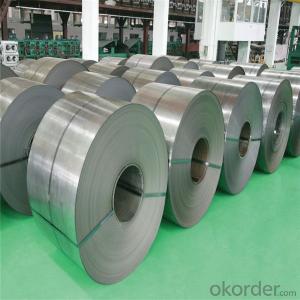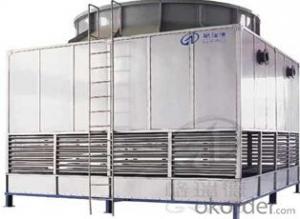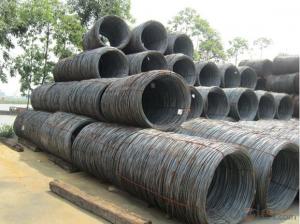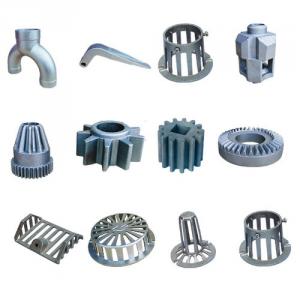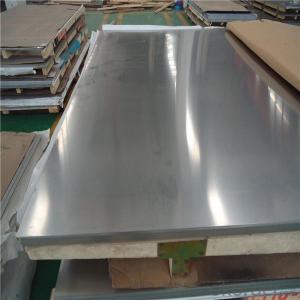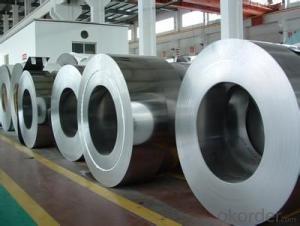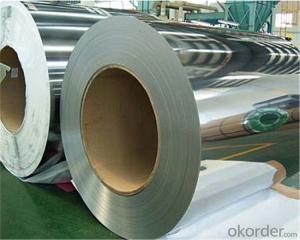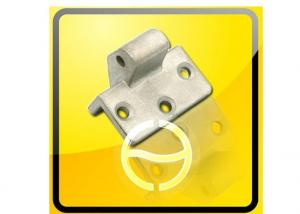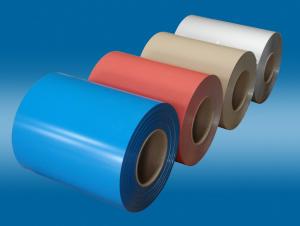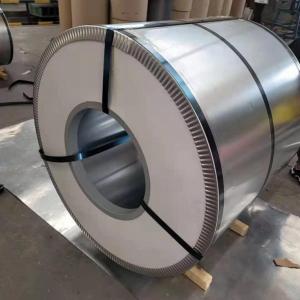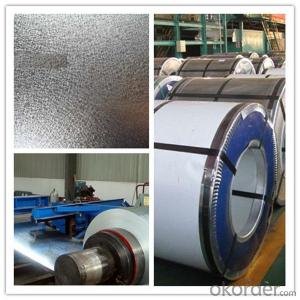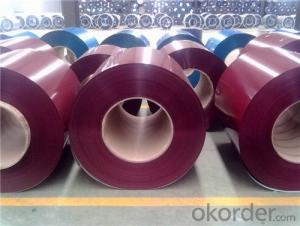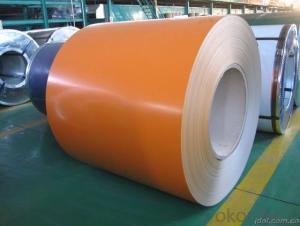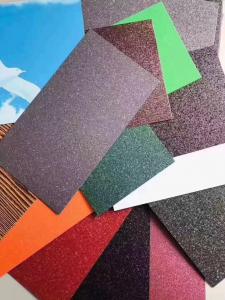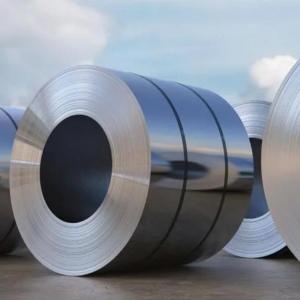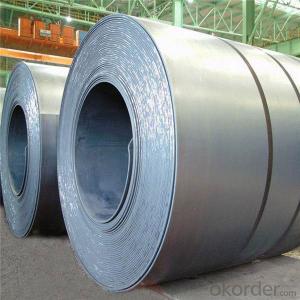Stainless Steel Crown Ada Code
Stainless Steel Crown Ada Code Related Searches
Stainless Steel Crown Crown Stainless Steel Stainless Steel Crowns H S Code For Stainless Steel Stainless Steel Numbers Stainless Steel Cross Stainless Steel House Numbers Stainless Steel Grade Clad Stainless Steel Stainless Steel Grade Chart Stainless Steel Lock Stainless Steel Adhesive Ap Stainless Steel Stainless Steel Lid Stainless Steel Ap Stainless Steel Strap Stainless Steel Coating Stainless Steel Door Stainless Steel Collar Stainless Steel Grades Chart Kitchen Aid Stainless Steel All-Clad Stainless Steel Stainless Steel All Clad Stainless Steel Engraving Stainless Steel Stock Stainless Steel Jewellery Stainless Steel Glue Color Stainless Steel Stainless Steel Strength Stainless Steel JeweleryStainless Steel Crown Ada Code Supplier & Manufacturer from China
Stainless Steel Crown Ada Code is a collection of high-quality stainless steel products, including caps, plugs, and other accessories that are widely used in various industries. These products are known for their durability, corrosion resistance, and ability to maintain their appearance over time. They are commonly used in applications such as water systems, gas lines, and industrial equipment, where reliability and longevity are crucial. Okorder.com is a leading wholesale supplier of Stainless Steel Crown Ada Code products, offering a vast inventory to cater to the demands of various industries and projects. By partnering with Okorder.com, customers can access a comprehensive range of Stainless Steel Crown Ada Code products at competitive prices, ensuring that their projects are completed with the highest quality materials.Hot Products
